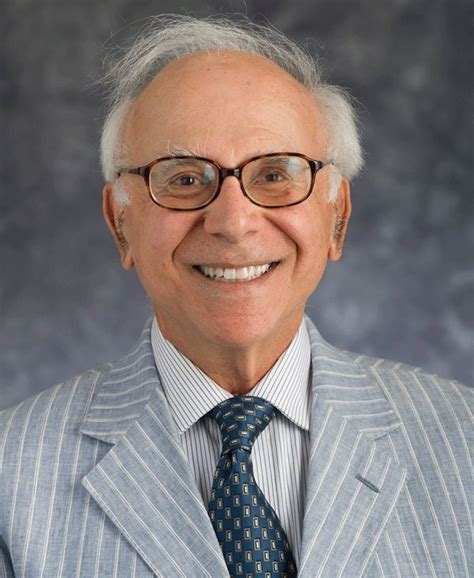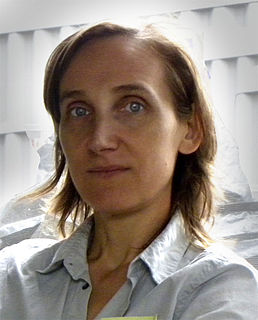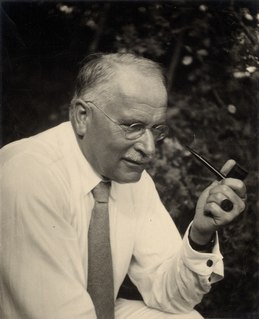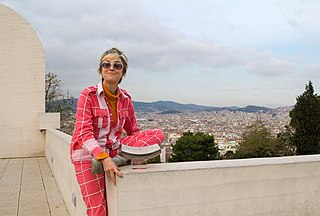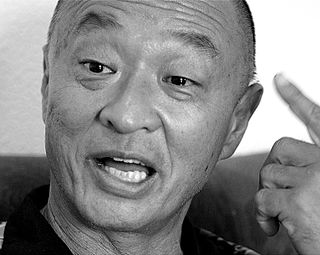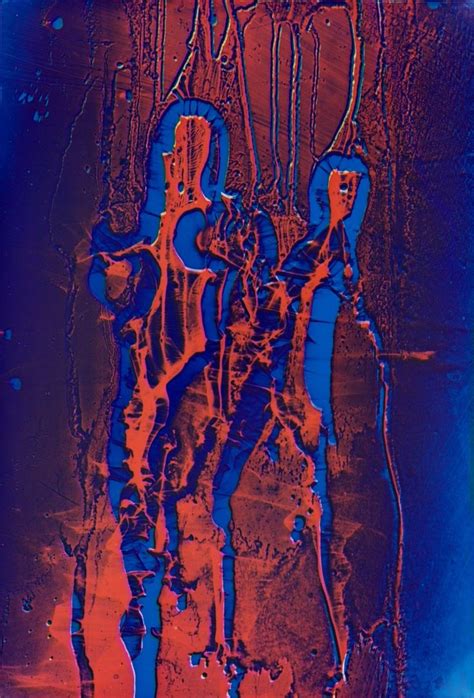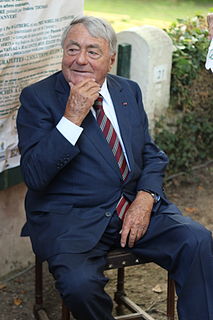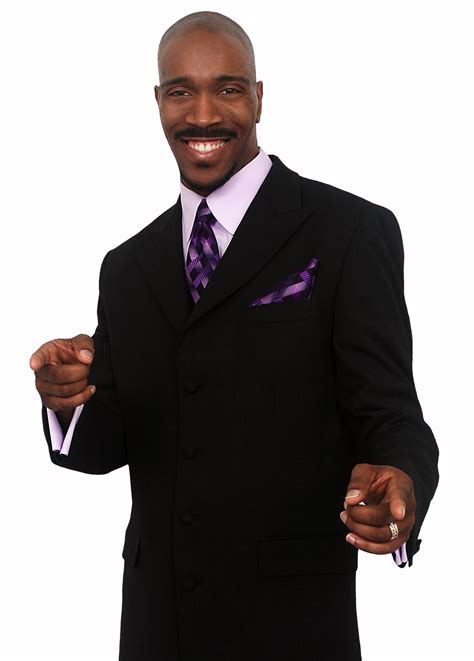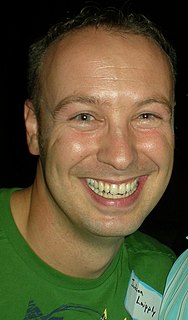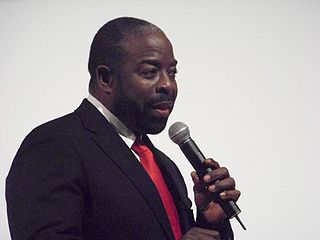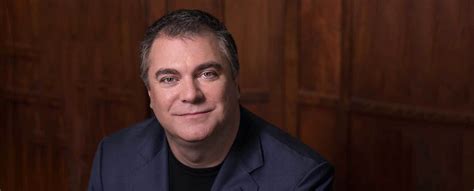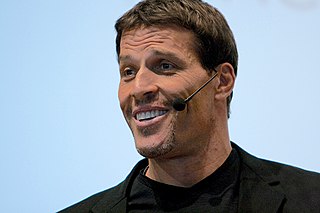A Quote by Eckhart Tolle
People always form images of who others are, and they can be inflated images. People may not realize that the enormous energy and spiritual power that comes through a teacher, especially in a teaching situation, has nothing to do with that person.
Related Quotes
I am myself a professional creator of images, a film-maker. And then there are the images made by the artists I collect, and I have noticed that the images I create are not so very different from theirs. Such images seem to suggest how I feel about being here, on this planet. And maybe that is why it is so exciting to live with images created by other people, images that either conflict with one's own or demonstrate similarities to them.
One is never just a teacher: One is always - even if not consciously - an advocate of a point of view, a critic of certain positions, an exemplar of someone trying to communicate, a purveyor of images, a practitioner of behavioral standards, a person dealing with, and indeed responsible for, others in common tasks. In teaching, at least, the role of moral agent is inescapable.
Teaching a practice can also be a hindrance if it becomes one's identity. To be a spiritual teacher is a temporary function. I'm a spiritual teacher when somebody comes to me and some teaching happens, but the moment they leave I'm no longer a spiritual teacher. If I carry the identity of spiritual teacher, it will cause suffering.
It is my mind, with its store of images, that gives the world color and sound; and that supremely real and rational certainty which I can "experience" is, in its most simple form, an exceedingly complicated structure of mental images. Thus there is, in a certain sense, nothing that is directly experienced except the mind itself. Everything is mediated through the mind, translated, filtered, allegorized, twisted, even falsified by it. We are . . . enveloped in a cloud of changing and endlessly shifting images.
I always try to create equal power between the subject and the object, so as not to end up creating a relationship where the camera is here and the object out there. This is for me a very difficult and sensitive balance. When I produce a work, cut and frame images, I realize that spectators can identify with the images and almost forget that someone else actually made them. This would be the optimal situation. I don't know whether I succeed in doing so, but that's what I would like to have happen.
Time is of the essence, particularly if we're sending images out on social media. The reality is that the majority of images are only viewed for a few seconds, often on a phone or computer. There are so many images freely available that it takes a lot of will power to concentrate and prolong the gaze on one picture at the expense of the thousands of others waiting to be viewed!
It is my mind, with its store of images, that gives the world colour and sound; and that supremely real and rational certainty which I call "experience" is, in its most simple form, an exceedingly complicated structure of mental images. Thus there is, in a certain sense, nothing that is directly experienced except the mind itself. Everything is mediated through the mind.
Others of them employ outward marks ... They style themselves Gnostics. They also possess images, some of them painted and others formed from different kinds of material. They maintain that a likeness of Christ was made by Pilate at that time when Jesus lived among them. They crown these images, and set them up along with the images of the philosophers of the world, such as Pythagoras, Plato, and Aristotle, and the rest. They have also other modes of honoring these images just like the Gentiles.



